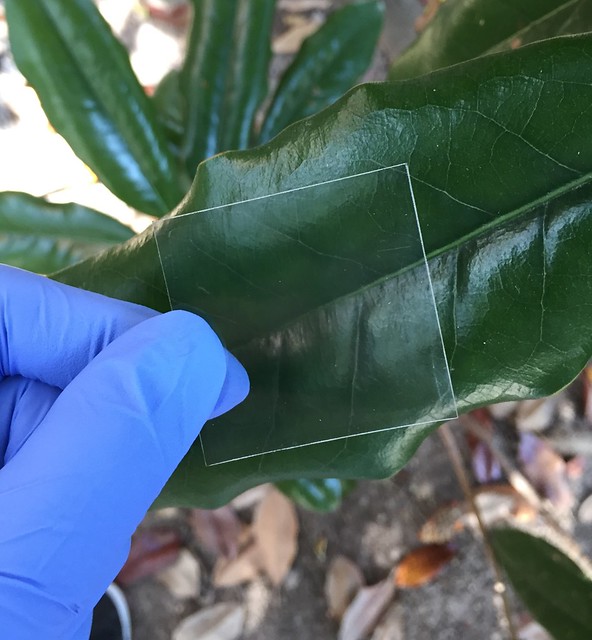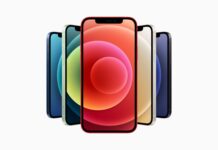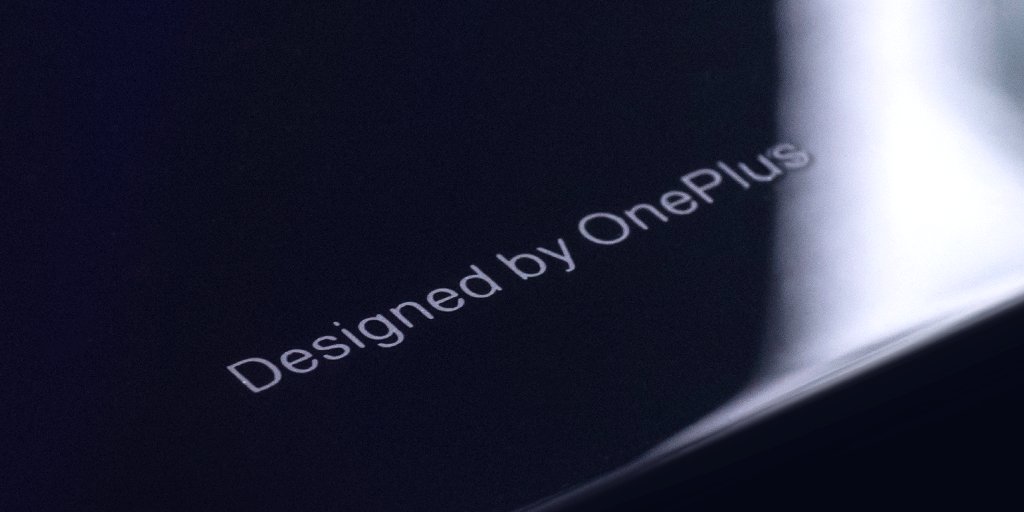Technology is expanding exponentially in the past few years and now, new research suggests that transparent material made of wood might replace glasses in the future. And, who knows it might trickle down to smartphones as well.

The research as spotted by PhoneArena, is published on the USDA(US Department of Agriculture) website. Researcher Junyong Zhu has the conducted research in collaboration with the University of Maryland and Colorado. As per the website, the team has developed the material made of Balsa wood. And, according to experts, the transparent wood is durable and lighter than glass.
Editor’s Pick: Future of Transparent OLEDs is in Automobiles: CEO of OTI Lumionics
How is it made?
Besides, the researches have utilized the wood from the Balsa tree. Residing in the genus of flowering plants, this tree grows faster and can reach a height of 30m. It is already applicable widely in the field of model-building, packing, insulation, and floatation devices. Coming back, the wood from the Balsa tree is subject to an oxidization bath at room temperature. Additionally, polyvinyl alcohol (PVA) is penetrated to make it virtually transparent like Glass.
Advantages over Glass
The report says the transparent wood is five times thermal efficient, durable, and lighter than Glass. The presence of natural cellulose, when combined with the PVA polymer, will reportedly make the transparent material bend as well. Additionally, the material splinters, unlike Glass that shatters when broken. It basically means the transparent wood will tear into small spicule shaped pieces if damaged.
Also, the report says manufacturing Glass costs more energy bills, heavy carbon footprint, and emissions of up to 25,000 metric tonnes a year. Hence, the development of transparent material might help reduce this in the future and be sustainable as well.
For now, it is like a potential alternative to Glasses on houses’ windows. However, the report says it is compatible with existing industrial equipment, and hence, the transition to manufacturing is not far away. That said, it is expected to be used in the Automotive industry, and maybe as an alternative to Glass in display technology. Hence, we can’t rule out the possibility of this ultimately trickling down to Smartphone displays in the future.







